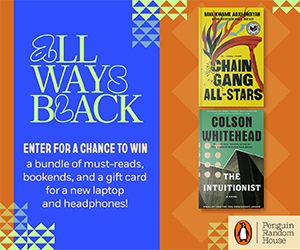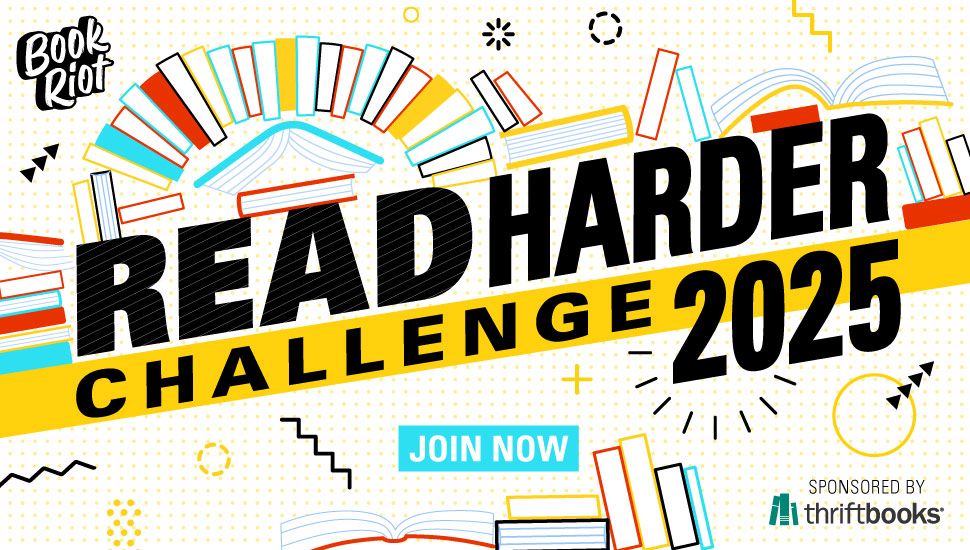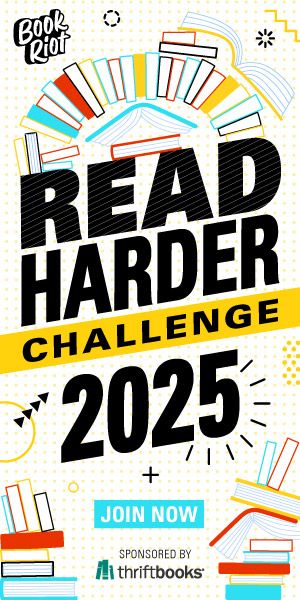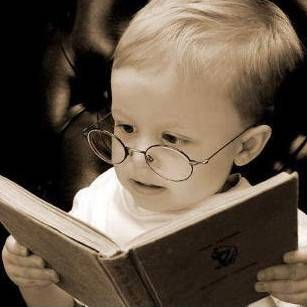
Astral Projection And Other Ways I Imitated My Childhood Reading
Lie down in some quiet spot outside, where you can concentrate. Close your eyes. Your spine should be directly parallel to the earth. Imagine a ball of light within you–your light source, your essence. Imagine a line of light descending from the sky to meet your own light. Connect to it. On its paths, travel wherever you want…
I think I’m bungling these directions, actually. It’s been years since I’ve read Barthe DeClements’ Double Trouble, a novel about teenaged twins torn apart by destiny, but who keep in touch via psychic, new-age measures, including astral projection. At eleven, I thought it was a really cool concept, so: I tried it. Balls-of-light-and-concentration, check. Just think “Paris,” over and over again, and you’ll be there, because it worked for the twins!
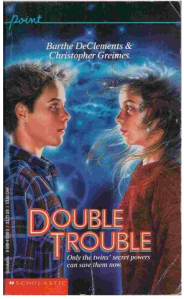
Do young readers all get involved in such failed experiments? My list isn’t long, but it includes some ridiculous character-emulations:
1) Saving up all of my summer babysitting money to buy a guitar. Cynthia Voigt’s A Solitary Blue was a favorite of mine for years. It’s an emotionally challenging novel about a young man named Jeff Greene whose mother leaves him when he’s young, but not before completely poisoning his relationship with his father. After several more rounds of emotional abuse with mom, Jeff finds a way to heal via music. His dad buys him a beautiful old Martin, he proves to be somewhat of a prodigy on it, and he twangs his way into adulthood.
I could identify in no way with Jeff’s angst, but man, did I want that magical Martin. So I changed diapers all summer after eighth grade, bought a starter guitar with the proceeds, discovered that I have no natural musical abilities, did not instantaneously grow up, shrugged, and moved on. The guitar still takes up corner space.
2) Tried really, really hard to be a one woman Baby-Sitter’s Club. My baby-sitting fliers had club “hours” on them, but I didn’t keep them, and my two clients were family friends who just called when they wished. I put together a Kid Kit that impressed my babysitting charges not at all. I attempted to adopt Claudia’s style–far beyond the point when baggy sweaters and leggings could be considered cool. I named my cat “Tigger” after Mary Anne’s. And I presumed I knew plenty about diabetes, because Stacey had it.
3) Flirted with hypochondria. Lurlene McDaniel was a fixture of my middle school reading. I cried over a lot of ill teenaged characters, assumed an air of wisdom in discussions around a number of diseases, and waxed fatalistic on my own mortality.
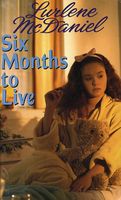 There’s a safe-reading threshold with Lurlene McDaniel’s books, beyond which the symptoms she recounts are no longer obvious fictions, and seem to describe things going on in your own life; I passed far over it. Her books were how I freaked myself out before Web MD. In sixth grade, every bruise was foreboding, every twisted ankle a sign of something nasty lurking in my marrow. I couldn’t even have a cold without going full Dawn Rochelle, stoically facing my fate.
There’s a safe-reading threshold with Lurlene McDaniel’s books, beyond which the symptoms she recounts are no longer obvious fictions, and seem to describe things going on in your own life; I passed far over it. Her books were how I freaked myself out before Web MD. In sixth grade, every bruise was foreboding, every twisted ankle a sign of something nasty lurking in my marrow. I couldn’t even have a cold without going full Dawn Rochelle, stoically facing my fate.
4) Wrote a letter to my future husband. This came courtesy of Island Dreamer, a Christian young adult novel gifted to me by my childhood best friend. Its heroine, Christy Miller, finds herself in Hawaii for her sixteenth birthday (poor girl) with her handsome boyfriend, Todd, and her edgy childhood friend, Paula. Christy is appalled to discover that Paula, who’s sick of all of the Jesus talk, already!, is tempted to explore her sexuality. In a righteous fever, she sits down to write a note to the man she’s saving herself for: her eventual husband.
The novel is total promise ring territory, but with tropical waterfalls in place of creepy father-daughter balls, and I don’t know why I liked it so much, but at thirteen, I wrote a promise letter of my own. It’s ridiculous, sanctimonious, saccharine reading–far more earnest than diaries from the same period. I still have it, and when I need to self-humble, 13-year-old me provides the means.Thanks a lot, Robin Jones Gunn.
5) Developed awesome relaxation techniques. From Peg Kehret’s Cages, I borrowed BBB treatment (book, bubble bath, bag of chocolate), though foregoing the drunken-stepfather-and-shoplifting drama that made Kit’s regular relaxing so necessary. BBB is still well worth a go.
__
Taking my favorite stories beyond the page became a stamp of endorsement for books that I really enjoyed. And some books even led to the reverse of mimicry: had D.A.R.E. not been effective enough, Christopher Pike’s Chain Letter more than adequately convinced me that people who try cocaine DO DIE horrible deaths. Also, I never really learned how to successfully astral project, so I abandoned the twins and their new-aged phooey in a huff.
Imitating books can lead to embarrassment, but it’s also often instructive. With young readers, it can be an integral part of experimenting with who you’d like to become. I’ve never been to Paris in my mind, but I still appreciate each of the trips listed above.
A discussion with other Rioters revealed that I’m not alone; they, too, have sometimes gone down paths illuminated by favorite childhood books. So, I’m curious: how widely has the habit spread? Do you, Riot readers, have similar stories of your own?

